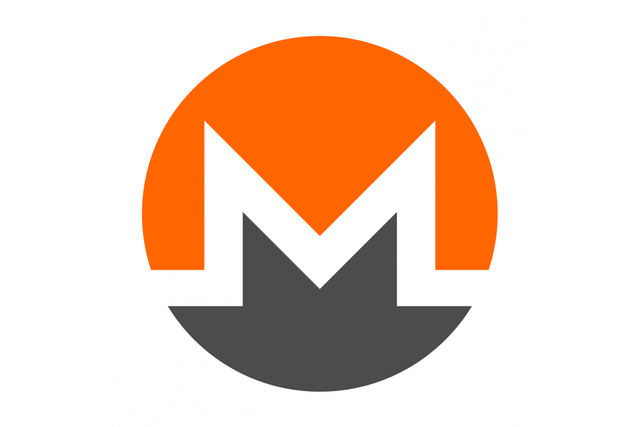What is monero?
Introduction to monero.

The Bitcoin block chain is completely public, as the transaction can be traced over web by anyone from anywhere. Such type of infrastructure in the block chain often compromises privacy. It displays the information like, how many bitcoins were sent , from which address to whom. However, it is also impossible to trace the real-life identity from the addresses. So bitcoin is pseudonymous cryptocurrency. Now let us have a look over the private, open-source decentralized cryptocurrency- Monero.
What is monero?
Monero, meaning coin was started in April 2014 by Nicolas van Saberhagen as a fork of bytecoin & was first private cryptocurrency created. Monero too uses the block chain to track the movement of funds like bitcoin, but it has some neat cryptography to obscure the basic three identities including sender’s identity, amount & receiver’ identity. In plain English, it means that the transactions are untraceable & unlikable.
Fungibility.
Fungibility means that the currency units should be completely interchangeable with one other. Unlike bitcoins were you can trace the coin back, even as far as when it was created for mining reward also known as coinbase transaction, the monero has complete fungibility. Means If you own $100 in monero, it means just $100, no info will be available beyond this
How monero works.
When the funds are transferred over the monero block chain ,the three basic identities which are kept private, works as:
.png)
Obfuscating the Sender’ identity.
In order to conceal the identity of the sender, the monero uses the ring signatures. When you signs the monero transaction, your signature is mixed up with the already created signatures, thus making it impossible for the observer to trace your identity.
.png)
Obfuscating the amount in transaction.
The amount being sent is obfuscated by ring confidential transaction (Ring RT). Instead of broadcasting the real amount being sent, the user transmits only a small piece of info about the transaction, thereby obfuscating the amount too.
Obfuscating the Receiver’s identity.
This part is done, through the one time generated stealth address. The address of the monero consists of the 95 characters string, starting with 4.

Here when you send the amount to this one time generated stealth address it is actually send to the different address. Thus it becomes impossible for the observer to link the two addresses together. This privacy in monero is by default, meaning you cannot surpass the stealth addresses .While all the identities can be obfuscated, but the sender’s address IP can still be tracked, which here is overshadowed by newly included concept - kovri. Kovri rerouted your transaction through multiple virtual nodes in order to obfuscate the sender’s IP.
MONERO CURRENCY (XMR)
Like the bitcoin, the monero is also generated by mining in computers that guess the solution to complex math problems, also known as proof of work. However, the algorithm which is used to mine the XMR is completely different than the SHA-256 algorithm which is used to, mine the bitcoin. In case of monero algorithm, you would not be able to mine more XMR if you have a more powerful computer, because this type of mining is favoring the CPU mining & weakening the GPU’S effectiveness. This makes it possible for personal computers to still mine the XMR. Unlike bitcoin which has a fixed 4 million block weight units, the monero has a dynamic block weight & may increase or decrease depending on the demand.